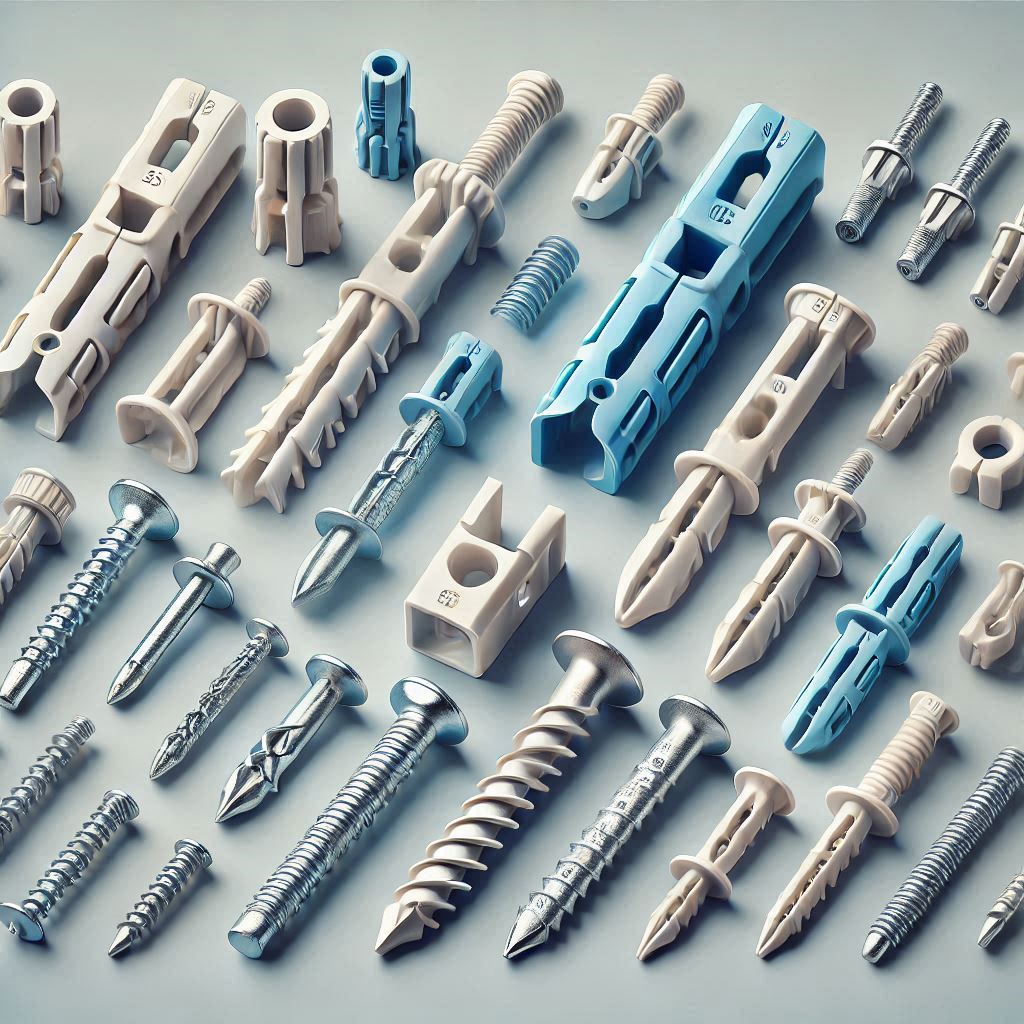How to Use Self-Drilling Screws for Mounting on Drywall and Metal Studs?
Self-drilling screws are a great solution for mounting items on drywall and metal studs. These screws eliminate the need for pre-drilling, making installations faster and easier. Whether you're mounting a TV, shelf, or light fixture, self-drilling screws create a secure hold and are perfect for DIY projects. This guide covers the step-by-step process for using self-drilling screws on both drywall and metal studs, including tips for ensuring a safe and strong installation every time.

